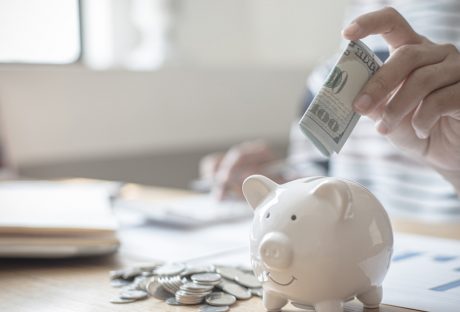Life in America is difficult enough without someone having to deal with credit issues. A low credit score usually has a profound effect on the choices people make and how they may have to live their lives. Make use of short-term loans to improve your credit score.
No matter what kind of financial difficulties you may find yourself dealing with, nothing is ever etched in stone. Even bankruptcy comes with time constraints that make certain you will get a second chance. The truth is there are ways someone with a bad credit score can actively participate in fixing their own credit score.
The discussion below will discuss how short-term loans can be used by borrowers to help rebuild their credit scores.
Different Ways Short Term loans can improve Your Credit Score Are As Follows:-
There are multiple ways Short term loans can help you to improve your credit score. In this article, you will get the complete details of it.
The Stigma of Bankruptcy:
When someone is forced into bankruptcy to protect certain assets and their overall well-being, there’s a price that has to be paid in the eyes of the credit market. Lenders don’t like to be left holding the bag. The ultimate penalty is a substandard credit score, which subsequently makes it very difficult for the individual to borrow any kind of money for a period of time, usually not to exceed 10 years.
What everyone has to remember is that poor credit performance is a historical perspective on the borrower’s past behavior. Based on historical facts, potential lenders can rightfully assume the individual is a poor credit risk. The good news is history is a constantly evolving notion that gets rewritten every day.
Using Short Term Debt to Rebuild One’s Credit Score:
If someone wants to rebuild their credit score, they have to convert bad financial behaviors into good financial behaviors. No matter how low someone’s credit score might get, it’s an objective rating based on certain criteria. As such, it can improve just as easily as it can fall apart.
As you contemplate how to repair and rebuild your credit, you need to be aware that the only way to increase your rating is by strictly adhering to all future obligations. To that end, there’s an interesting strategy you can employ to speed up the process.
First, it’s duly noted it is going to be difficult for you to secure new loans. Your credit score ratios and payment profile will interfere with the approval process. However, it’s worth the effort for you to do whatever’s necessary to establish short term debt with manageable terms. Initially, you might have to swallow high-interest rates and lender-friendly terms to secure a credit card, title loan or whatever other kinds of loan you can get.
Once you have the first short-term loan in place, your credit score might take a small dip. However, your credit score will eventually start increasing as you make your payments on time. At some point, you can pay off that loan early and followup by securing a new loan. As you continue abiding by your agreements and perhaps exceeding expectations, your credit score with pick up momentum to the upside.
Eventually, your bad credit history will fade into the past, being replaced by new credit history that supports the fact you are again becoming a worthy risk.
How well does this approach work? Bankruptcy stays on your record for approximately 10 years. If you can represent to a succession of lenders that the past is the past and you are now able to handle your responsibilities, that bankruptcy will lose significance in the eyes of many lenders.
Read Also:






















